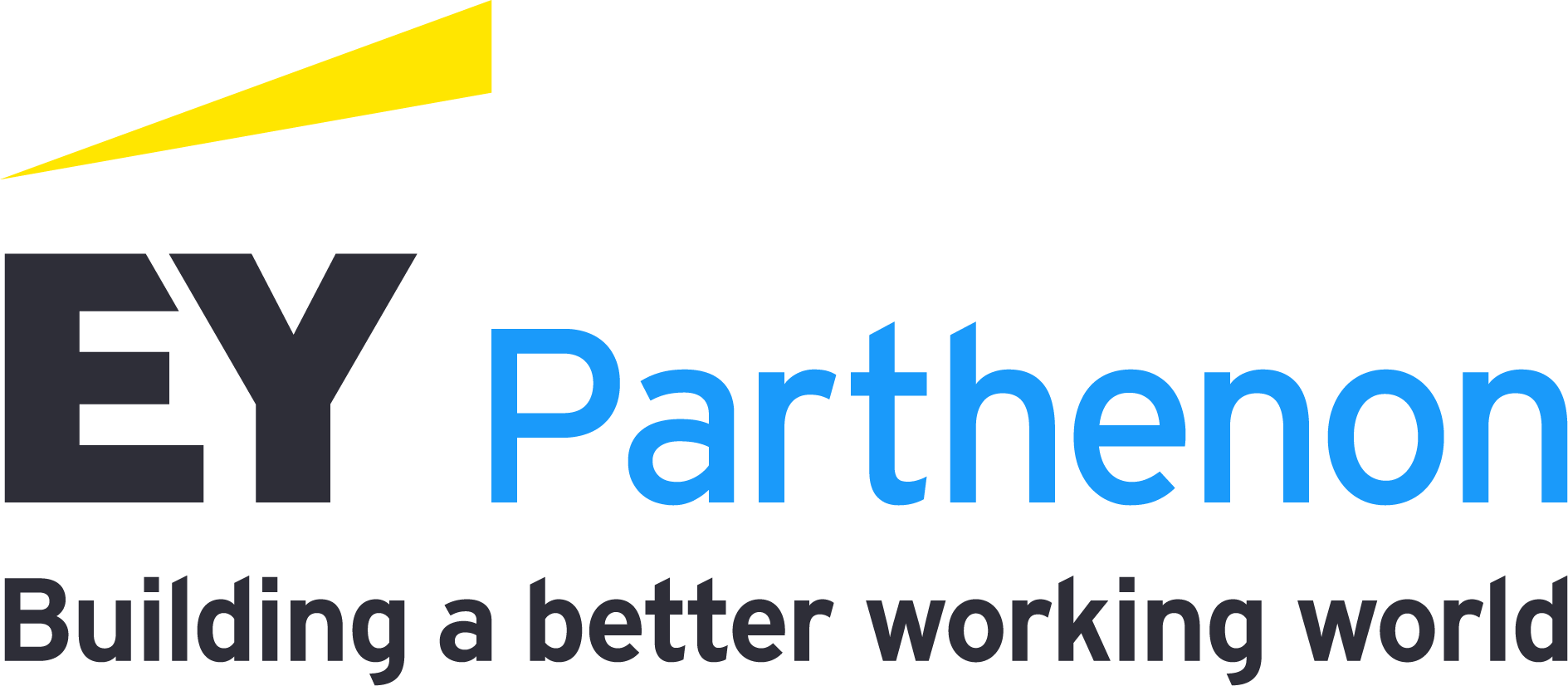The IVM is particularly useful as institutions of higher education face heightened financial risk. COVID-19 has increased economic pressures across the nation and exacerbated the familiar challenges of shifting demographics, declining enrollment and growing competition. While institutional revenues are becoming more and more constrained, cost structures — built up incrementally over time — largely remain steady, threatening the long-term sustainability of the mission.
According to the IVM — which uses publicly available data from the Integrated Postsecondary Education Data System (IPEDS) to assess institutional risk levels — roughly 20% of the four-year segment was “At Risk” in both 2019 and 2020, and another 20% was flagged as “Monitor.” This has proven out in recent institutional closures: 16 of 26 institutions that closed in 2020 and 2021 were flagged as “At Risk” in an IVM analysis of 2019 data (with the remainder flagged as “Monitor”), compared with only three flagged as “At Risk” by the U.S. Department of Education (with more than half flagged as “Stable”). The EY-Parthenon team will continue to monitor this trend as future data become available from IPEDS.
“This work is critical to support the conversation: what does the next 15–20 years look like and what do we do now,” one state Director of Finance for Higher Education said. “The IVM feels novel in incorporating together several types of variables that together provide a holistic picture of risk. The door then gets opened to figure out how to move forward.”
A tool for higher ed self-screening and market assessment
The IVM uses six weighted metrics in three categories to assess and score an institution’s risk, quantifying real “virtuous” or “vicious” cycles of financial health experienced by four-year institutions:
Profit margin (25%)
Reserve ratio: net assets divided by expenses (25%)
Total enrollment CAGR over the past five years (20%)
Net tuition and fees per FTE CAGR over the past five years (15%)
- Delivery and outcomes (15%)
Six-year Bachelor‘s graduation rate (10%)
Full-time retention rate (5%)







